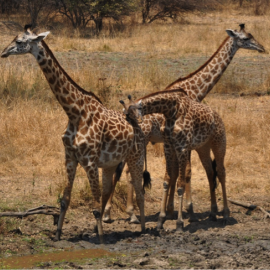
by Fred Bercovitch
Every three years, the Convention on International Trade in Endangered Species of Wild Fauna and Flora Conference of the Parties (CITES CoP) meets to deliberate the best tactics to adopt for saving species…
Read more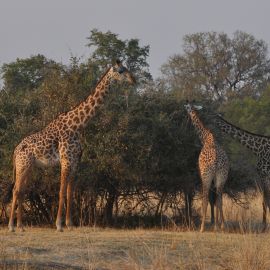
by Fred Bercovitch
How do we know this? Because he is a person! When the president lambasts violent criminal gangs and immigrants by proclaiming “These aren’t people. They are animals,” he is displaying his ignorance of…
Read more
by Sarah Abdelrahim
Indigenous peoples play a crucial role in protecting and advocating for global biodiversity. According to the United Nations, there are 370 million Indigenous peoples around the world — almost 5 percent…
Read more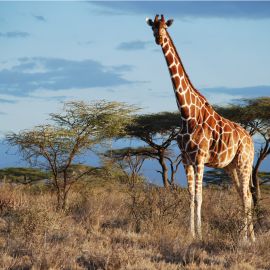
by Rina Herzl
Picture an animal enrobed in a fiery, jigsaw-patterned coat, a creature of such majestic height that it towers amongst the trees. As your eyes make their way up its long neck that appears to defy gravity,…
Read more
by Lysander Christo
Silent steps of evolution, highest height of all the world. Of all the world a graceful trot, so fast, yet so slow through the savannah, where the elephants trumpet and blow.
Read more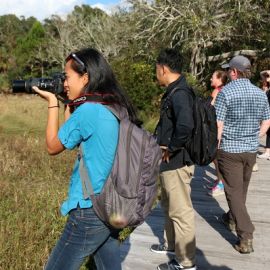
by Erika Zambello
I disembarked at Guana Tolomato Matanzas National Estuarine Research Reserve (mercifully abbreviated to GTM NERR) with a group of practitioners, researchers and ecologists from around the world. The group…
Read more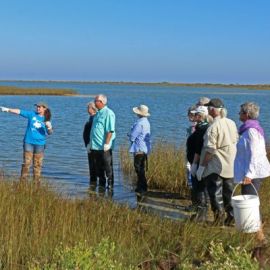
by Erika Zambello
Apalachicola Bay has long been famous around the world for its thousands of acres of oyster beds. In fact, in the past, 90 percent of Eastern oysters served in Florida were from Apalachicola.
Read more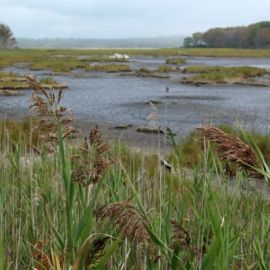
by Erika Zambello
Wells Reserve on the coast of Southern Maine was designated in 1984 and encompasses 1,600 acres. The reserve staff facilities sit within beautifully restored farm buildings.
Read more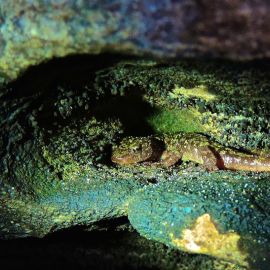
by Wally Smith
This is the case with the green salamander, one of the most unique amphibians in the salamander-rich Appalachian Mountains. The only truly green-colored salamander in eastern North America, the green salamander…
Read more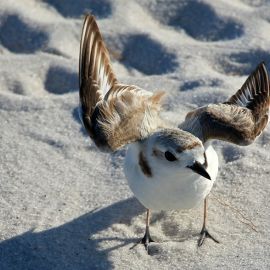
by Erika Zambello
For those who bird on the Emerald Coast, Snowy Plovers are a relatively common sight on Okaloosa Island – once you walk away from the more crowded beach access points. Less than seven inches long and lighter…
Read more
